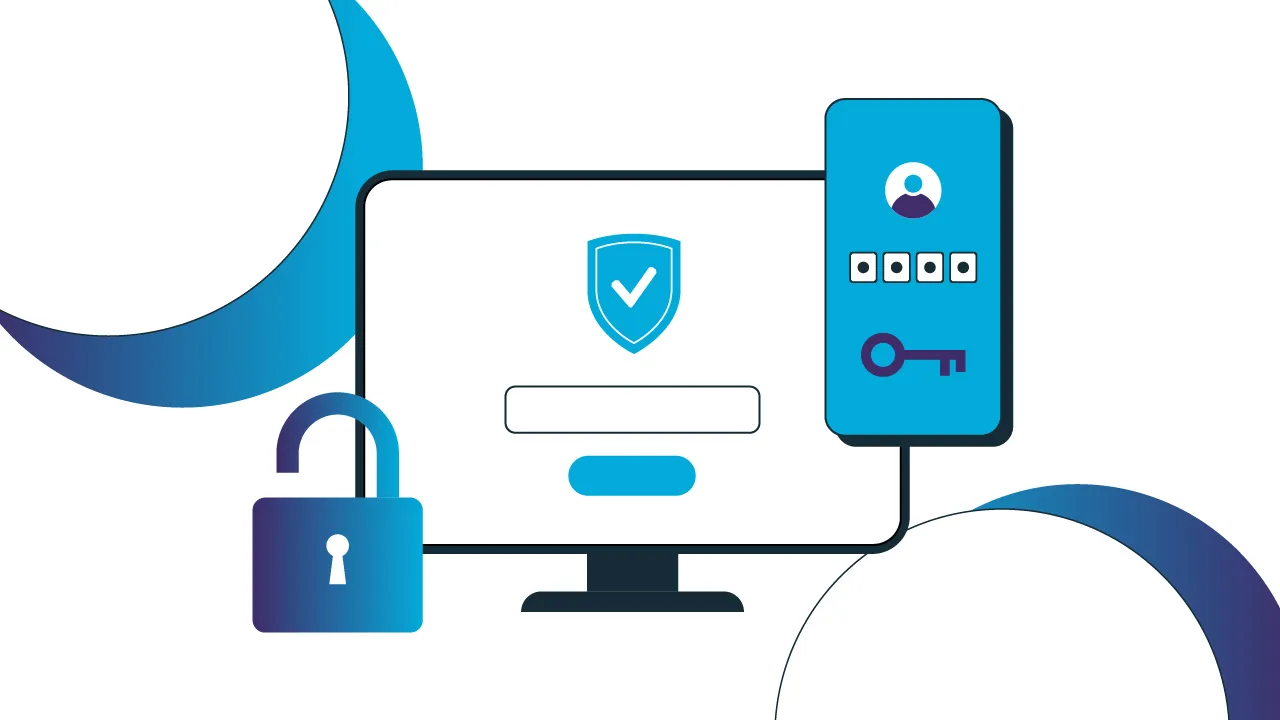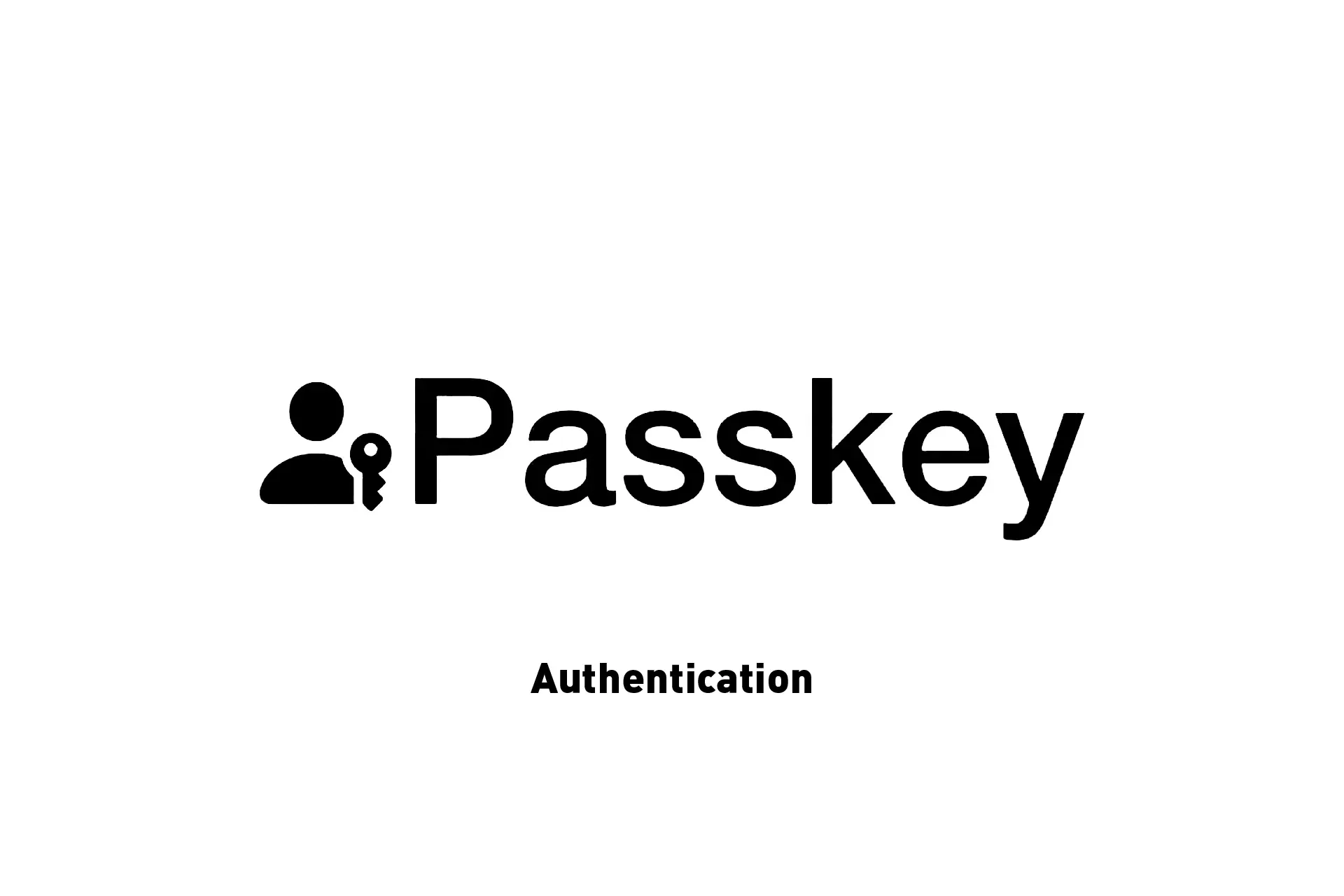As we delve into the realm of modern authentication methods, passkeys emerge as a beacon of hope, aiming to simplify and secure our digital interactions. The concept of passkeys, which has been gaining traction for nearly two years, presents itself as a revolutionary alternative to traditional passwords. This advanced method of authentication leverages the FIDO2 specification and WebAuthn standards to create a unique, user-specific key pair that promises a more secure login process.
Dan Goodin, a seasoned tech writer, explains, “Passkeys were supposed to fix all that.” He refers to the cumbersome and risky practice of using the same password across various platforms—a vulnerability in the face of rising cyber threats like mass data breaches and sophisticated phishing attacks. Passkeys are designed to thwart such threats effectively, posing significant challenges to phishers, SIM swappers, and database hackers who are eager to hijack accounts.

Elegant Yet Complex: The Usability Challenge of Passkeys
While the underlying technology of passkeys is described as “pure elegance,” their real-world application reveals a complexity that undermines their accessibility and user-friendliness. The widespread adoption across numerous websites, operating systems, and browsers has led to a confusing array of workflows and processes. Each platform and site tends to enforce its preferred method, often leaving users bewildered by the choices and steps involved.
For instance, the experience of using a passkey on different browsers and operating systems can vary drastically. Goodin highlights an example where passkeys for the same service, like PayPal, behave differently depending on whether you are using Windows, iOS, or Android, complicating what should be a straightforward process.

Fragmented Implementation: A Barrier to Mainstream Adoption
The fragmented implementation of passkeys is another hurdle. As William Brown, a software engineer specializing in authentication, notes, “There are barriers at each turn.” These inconsistencies arise because each vendor has its own interpretation of how passkeys should be integrated and used. This not only confuses users but also dilutes the effectiveness of this security measure.
The inconsistency is particularly evident in how passkeys are managed across different devices. For example, a passkey created in Chrome on a Mac might not sync seamlessly to Chrome on an iPhone, creating a disjointed experience that frustrates users and limits the utility of passkeys.

The Halfway House: Reliance on Password Managers
Despite their potential, passkeys often require the additional use of password managers to function effectively across different platforms. This reliance somewhat contradicts the initial promise of passkeys offering a standalone solution for secure authentication. As Goodin aptly puts it, using a password manager with passkeys “is almost identical to syncing a password, so why bother?”
Moreover, the security benefits of passkeys are currently not absolute. Many sites still require a traditional password as a fallback, which can be phished or stolen, thus negating the security advantages passkeys are supposed to provide. The presence of such fallbacks means that while passkeys can enhance security, they don’t eliminate the need for other security measures.

The Road Ahead: Gradual Adoption and User Education
The journey towards widespread passkey adoption is expected to be gradual. Christiaan Brandt, co-chair of the FIDO2 technical working group, suggests that transitioning users from traditional passwords to passkeys will take time. It’s about “meeting users where they are” and gradually reducing reliance on less secure authentication methods.
In conclusion, passkeys represent a significant advancement in digital security, aiming to simplify and secure the way we authenticate ourselves online. However, the path to their widespread adoption is fraught with challenges, including complex implementations and a continued reliance on traditional passwords. As we navigate these challenges, the focus must remain on user education and the refinement of these technologies to ensure they can deliver on their promise without compromising usability.










